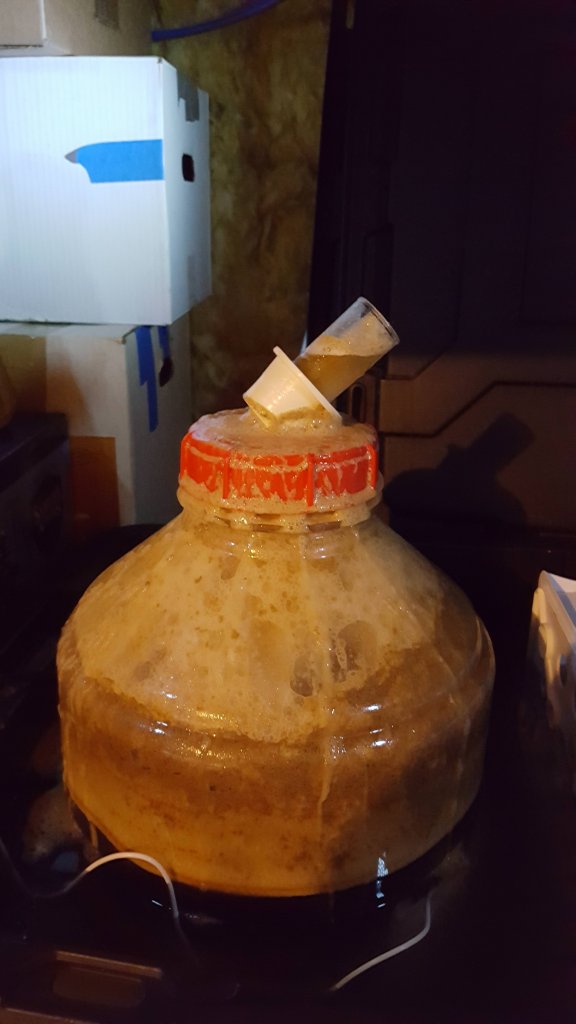Some yeasts you need to get really cold before they flocc others will drop with just a soft crash. Yes if you don’t have a way to maintain some sort of positive pressure O2 pickup is a real concern.
This is my procedure, I don’t have a unitank just some SS Chronicals. Put the pressure transfer piece on with say 1 Plato to go. It releases pressure above 2psi I think so it doesn’t really carbonate but it helps a little and helps maintain some pressure without having to use external CO2. Let it sit for a few days after TG then slowly bring down temps over a period of say 6-8hr or longer, depending on yeast strain and temp while maintaining positive pressure. Leave for say 24 hours, dump as much yeast as possible, once maybe twice. Let beer warm back up to around 60, attach Co2 to sample valve, bubble Co2 through beer to create Co2 environment, remove pressure transfer valve from top, drop in hops (that are crushed as much as possible) and re-attach transfer valve. Let sit at 60ish for 4 days or until Aroma is where u want. I will resuspend hops with C02 through the racking port a few times. Ideally then crash to as low as you can while again maintaining positive pressure, let sit for a few days to let as much Hop matter settle as possible and force transfer to a very well purged keg.
Awesome defined Hop character that lasts a long time.




